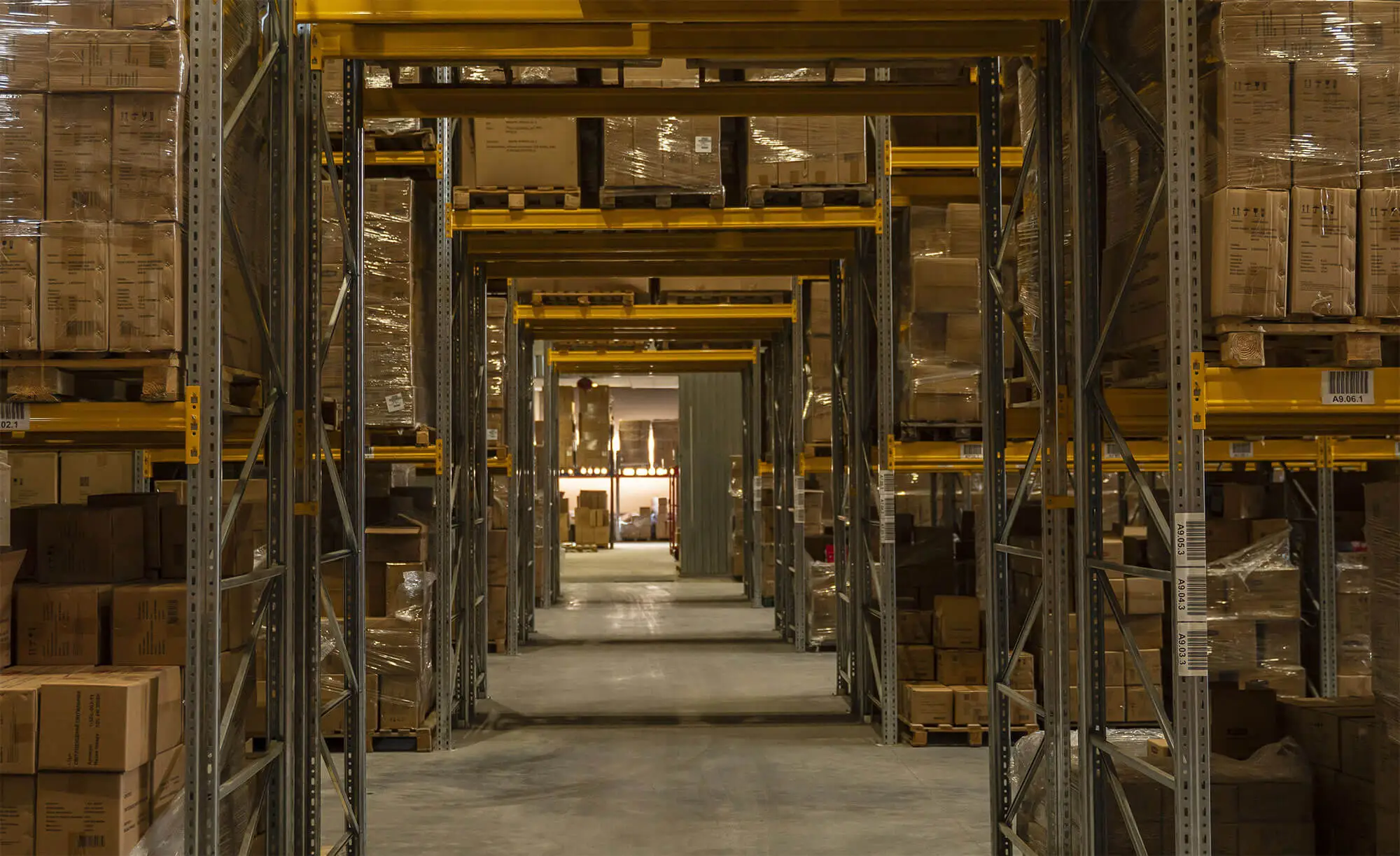Introduction
The role of warehouses has evolved from mere storage facilities to pivotal hubs in modern supply chain management. As a result, the Warehouse Management System (WMS) has become an integral part of the warehousing ecosystem. It is a software application designed to manage and optimize warehouse operations, including inventory tracking, labor management, and order fulfillment.
Use this article as a practical guide to WMS, its types, benefits, and how to choose the right option for your business.
Types and Business
Goals of WMS
Businesses can choose from several types of WMS, depending on their specific needs and goals. These include:
- Standalone — this is a self-contained system, which does not integrate with any other software application. It is suitable for small to medium-sized warehouses with limited operational complexity.
- Integrated — integrates with other business software applications such as Enterprise Resource Planning (ERP) and Transportation Management Systems (TMS). It ensures a seamless data flow between various systems, allowing businesses to manage their warehouse operations in real-time.
- Cloud-based — hosted on a cloud platform, this type is accessible from anywhere with an internet connection. It provides businesses with flexibility and scalability while reducing IT infrastructure costs.
- Open-source — this type is free and customizable, making it suitable for businesses with unique warehouse operations. It is typically used by businesses with in-house IT resources to manage the system.
- Industry-specific — tailored to specific industries, such as pharmaceuticals or perishable goods, it is suitable for businesses with unique warehousing needs.
Benefits of WMS
By employing WMS, businesses can streamline their operations and optimize supply chain management. End results?
- Increased efficiency and productivity: companies manage to automate manual processes, reducing the time to complete warehouse tasks. What you get is increased operational efficiency and productivity.
- Real-time inventory tracking: WMS provides real-time visibility into inventory levels, location, and movement. This helps businesses track inventory accurately and avoid stockouts or overstocking.
- Improved order accuracy: automated order fulfillment process reduces errors and improves order accuracy.
- Enhanced customer satisfaction: improvement of order accuracy and reduced delivery times lead to enhanced customer satisfaction.
- Reduced labor costs: with automated manual processes, the need for manual labor is reduced, which ultimately cuts down labor costs.
- Better decision-making capabilities: businesses can access real-time data and analytics, enabling better decision-making capabilities and improving supply chain management.

How to choose
the right WMS?
Choosing the right WMS is essential for business success. When selecting, businesses should consider their specific needs, such as the size of their warehouse, the complexity of their inventory, and their budget. Your WMS should integrate with other business software applications, as this provides a comprehensive view of the supply chain.
It is better to get a customized WMS than buy a premade one, as the former can be designed to meet specific business workflows, processes, and requirements. Customization also allows for more flexibility, it can be adapted and modified at any moment, while otherwise, your business will have to work around the limitations. The customized system can be integrated seamlessly with existing networks and processes, which results in a more efficient and streamlined operation. Although a customized WMS may require a more upfront investment, it ends up more cost-effective in the long run, as its design can include only the features and functions that are necessary. All in all, custom-built WMS provides a competitive advantage by being more efficient and effective than the competitor ones.
Implementing a WMS can be a complex process, and businesses should consider working with a WMS provider that offers implementation support and training to ensure a smooth transition. The provider should also offer ongoing support to ensure that the system is working optimally and provide updates to keep the system up to date.
More information about choosing a Warehouse Management System (WMS) you can find in our Article Warehouse Management System (WMS): How to choose? Unlocking Efficiency Through Customization.
Conclusion
To sum up, WMS is an essential component of modern supply chain management. It provides businesses with several benefits, including increased efficiency and productivity, real-time inventory tracking, improved order accuracy, enhanced customer satisfaction, reduced labor costs, and better decision-making capabilities. Businesses should choose the right system based on their specific needs and goals to maximize the benefits for their individual case.
Therefore, we encourage you to read our case here to find out how we can help you select and implement the right WMS for your business. Our client, one of the Global Top 3, required a unique system to manage the data exchange between different systems, several interconnected algorithms of complex calculations, and a hierarchy of users’ access rights according to the workplace and segregation of duties/powers. Integration of WMS with the existing ERP and SCADA systems allowed us to improve efficiency, increase transparency, and accelerate data availability and synchronization.